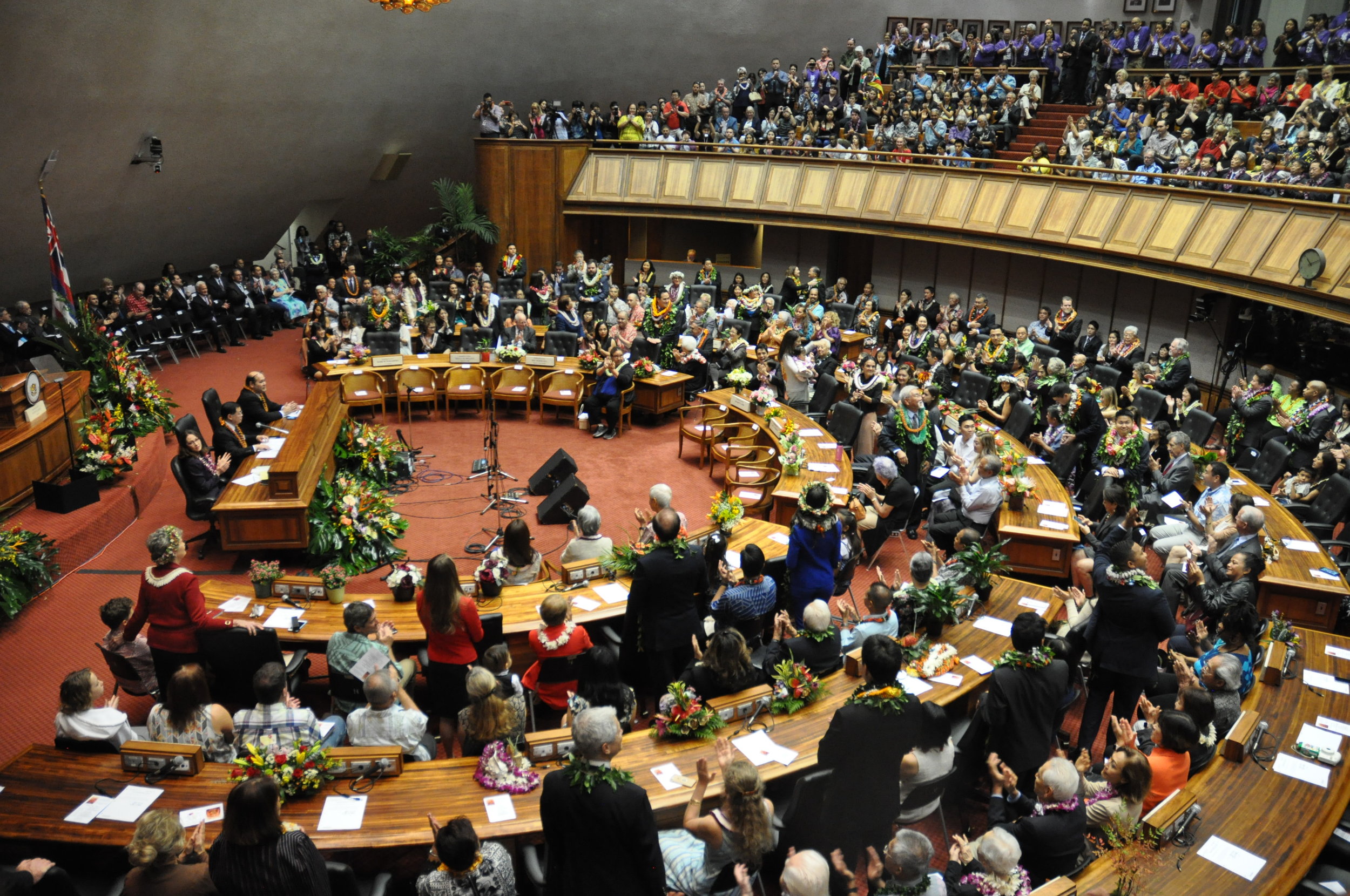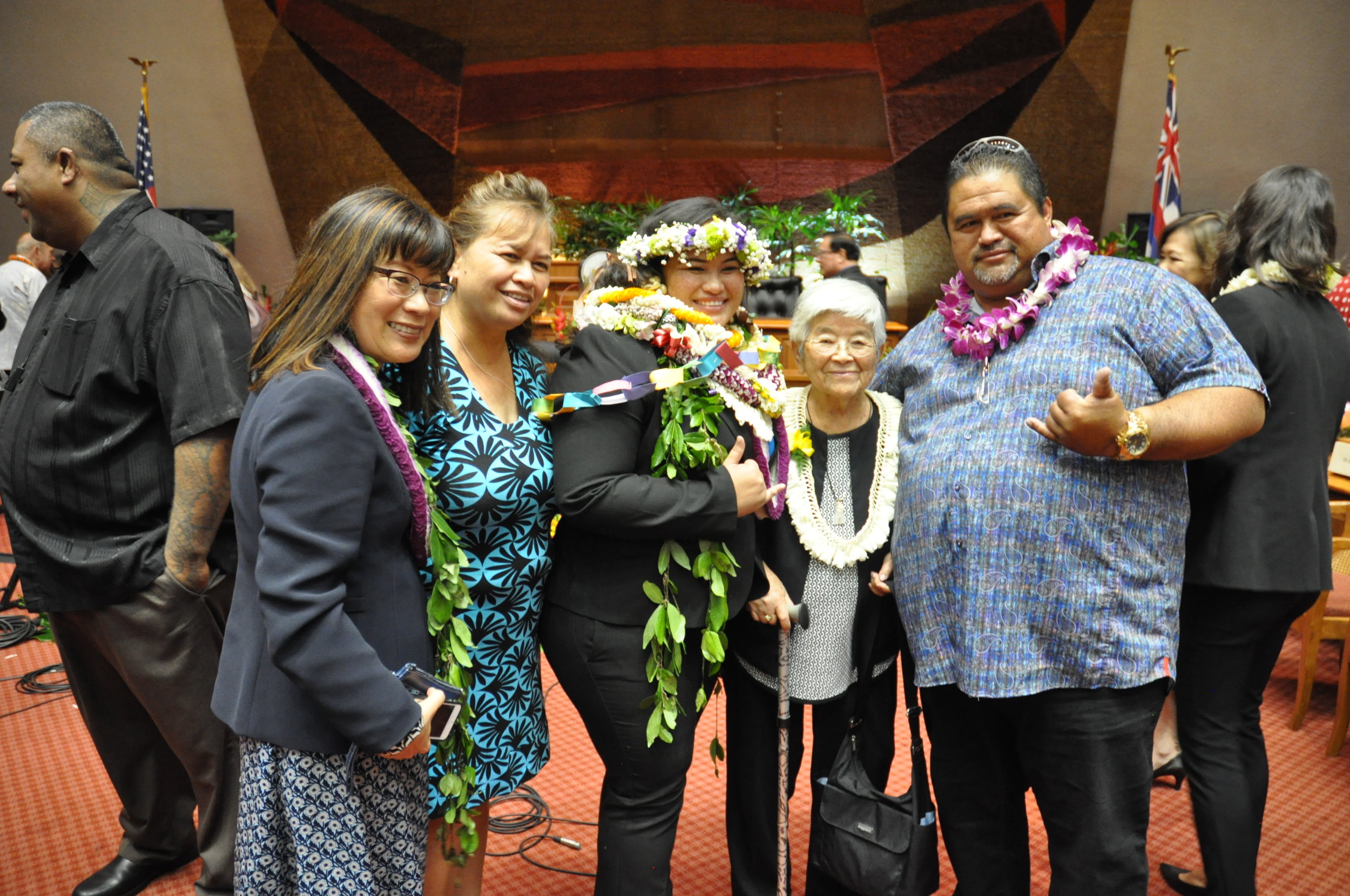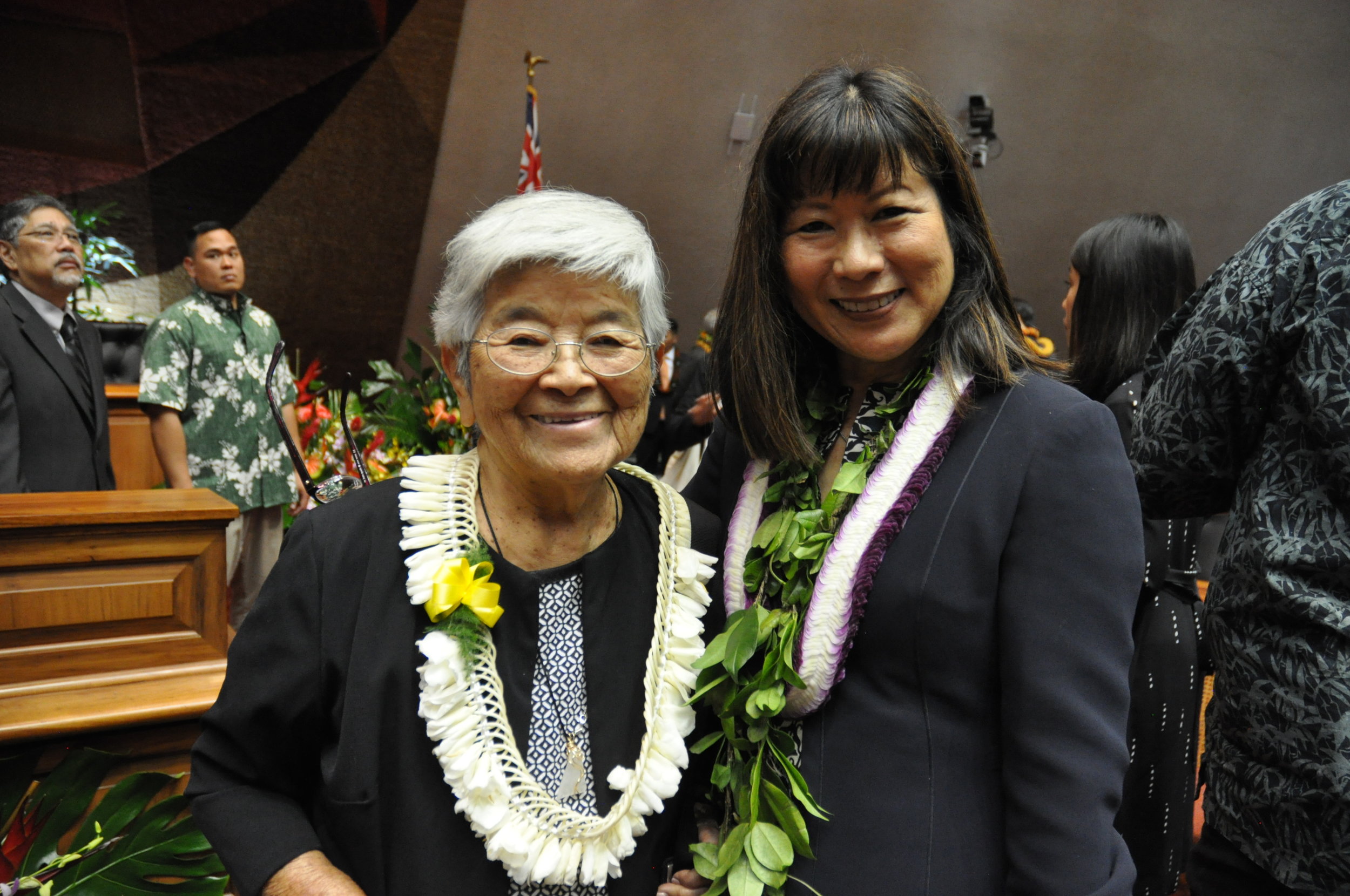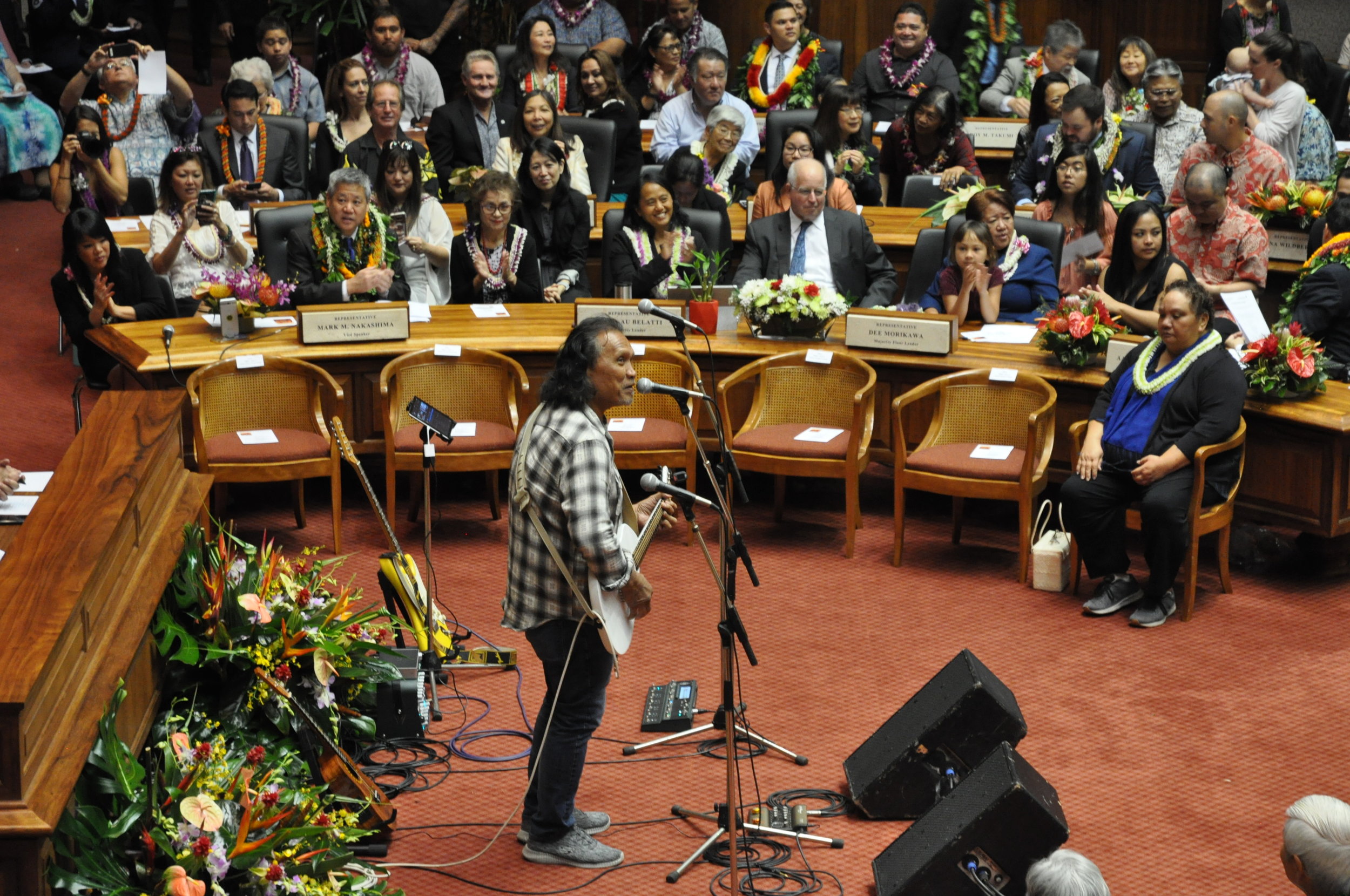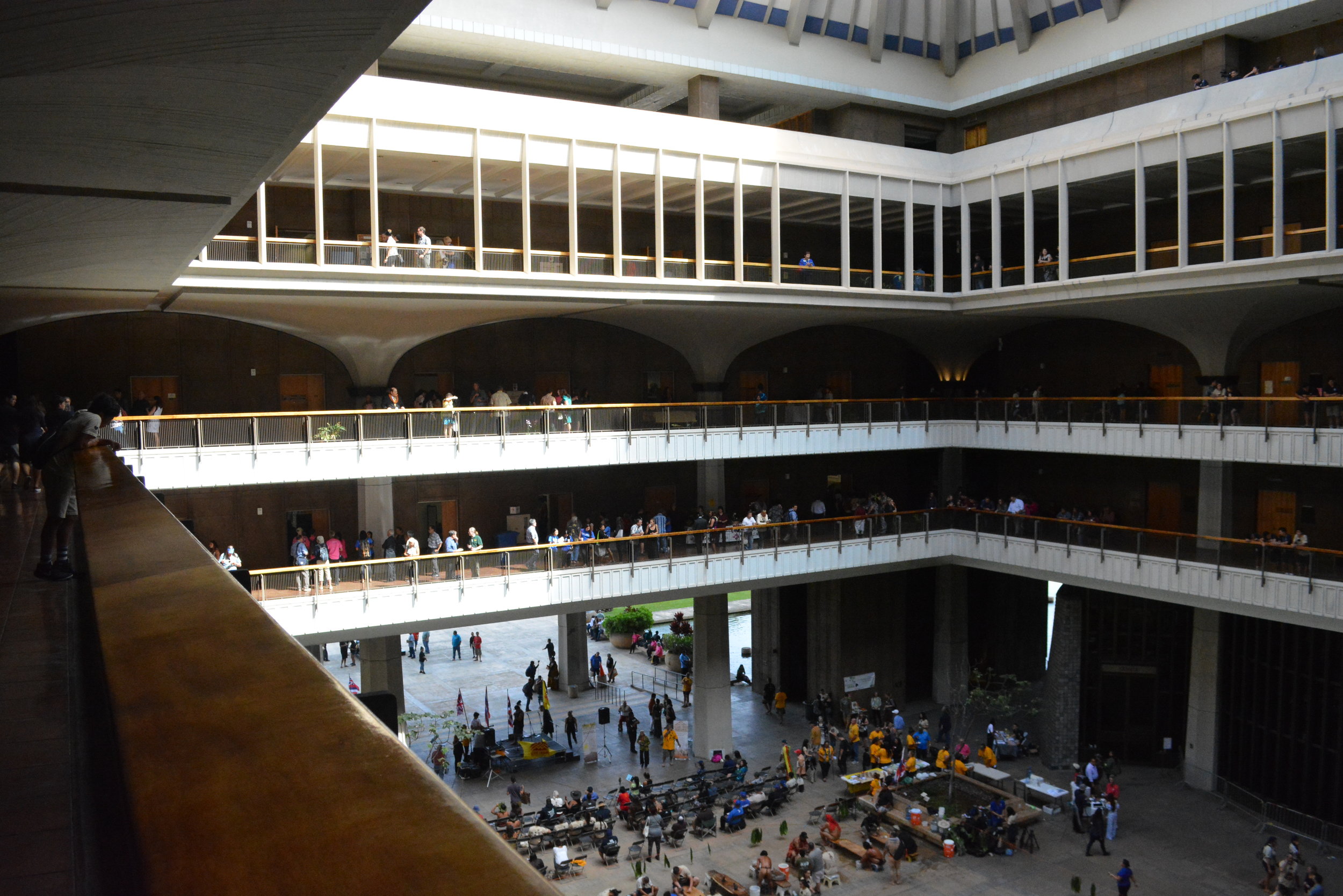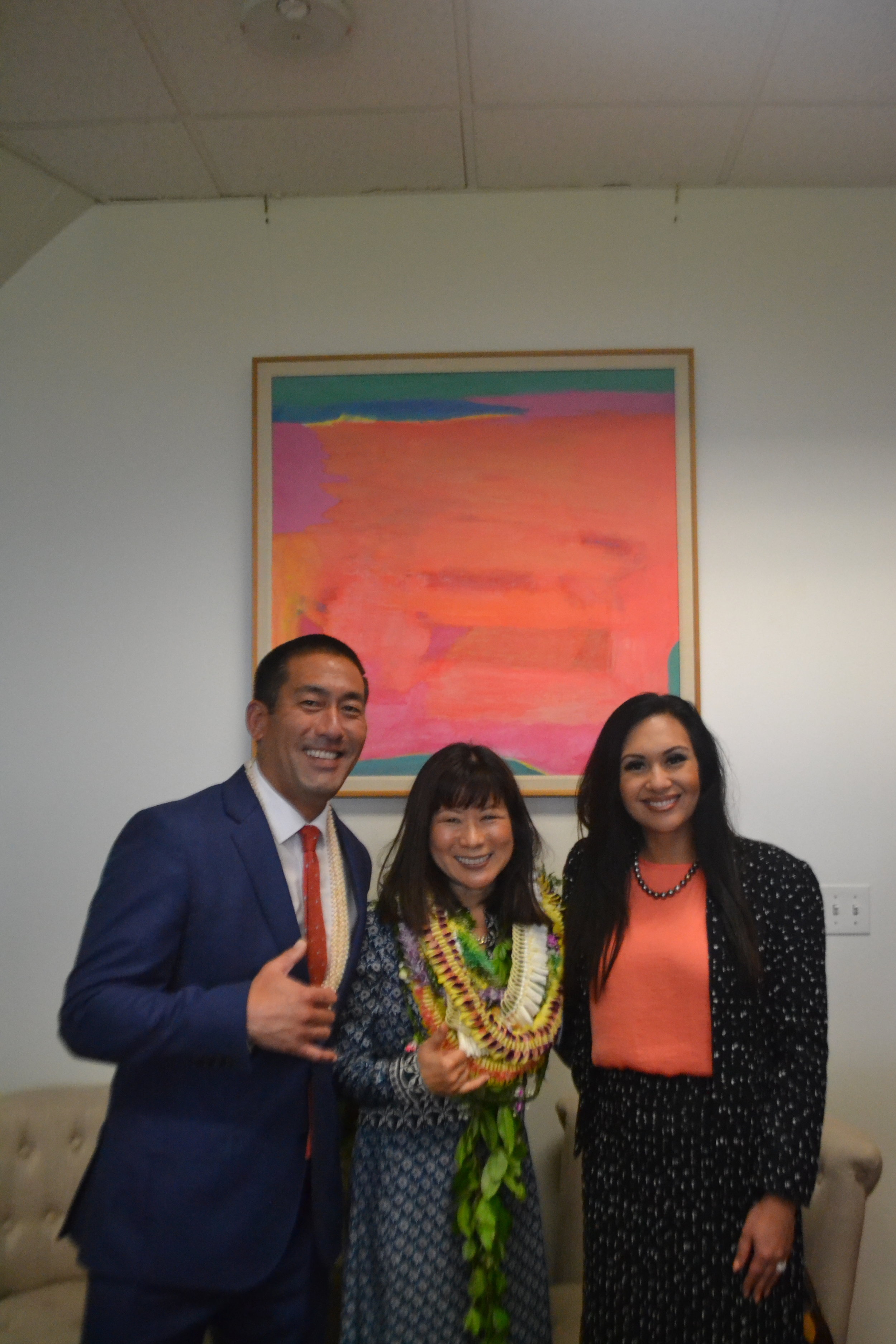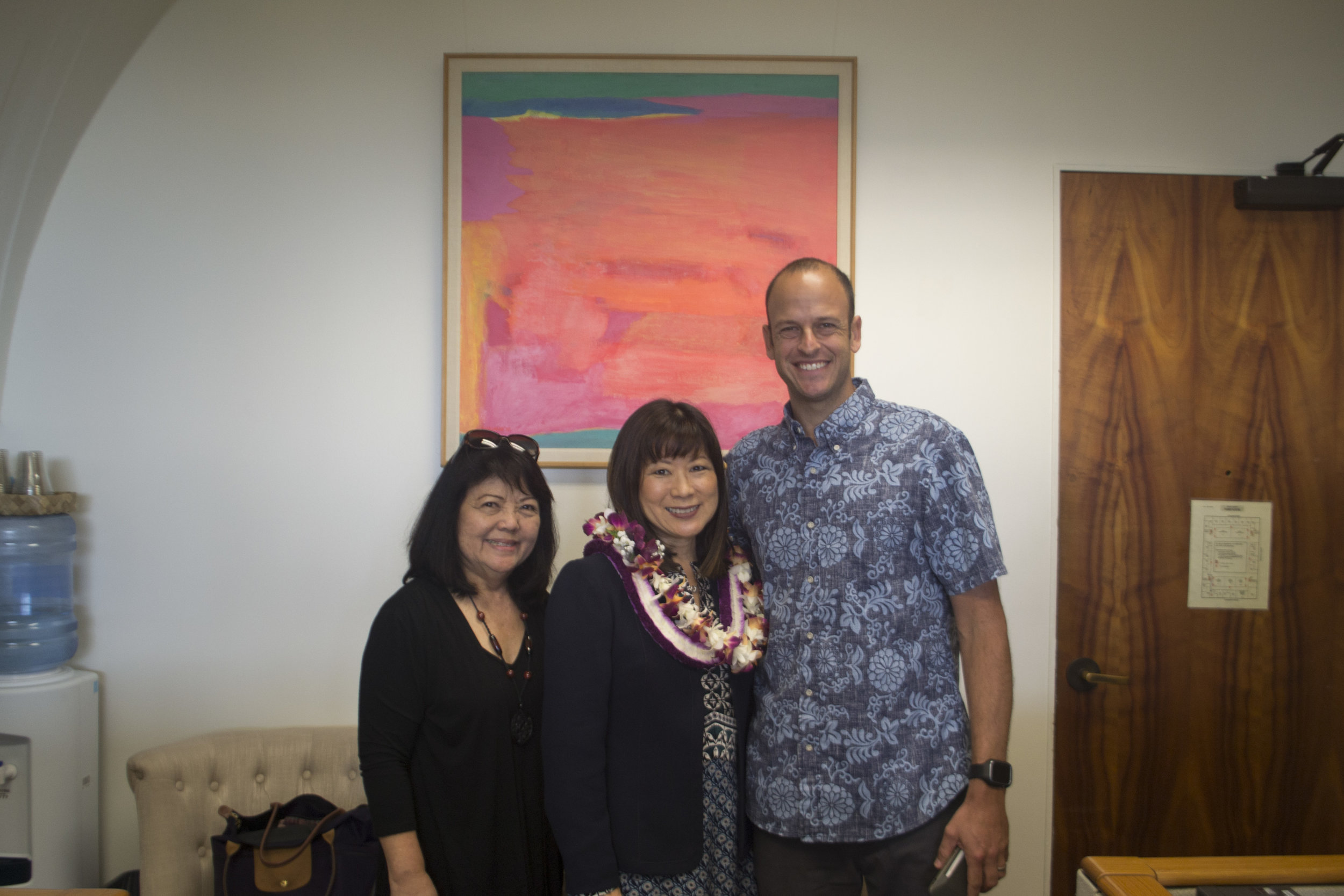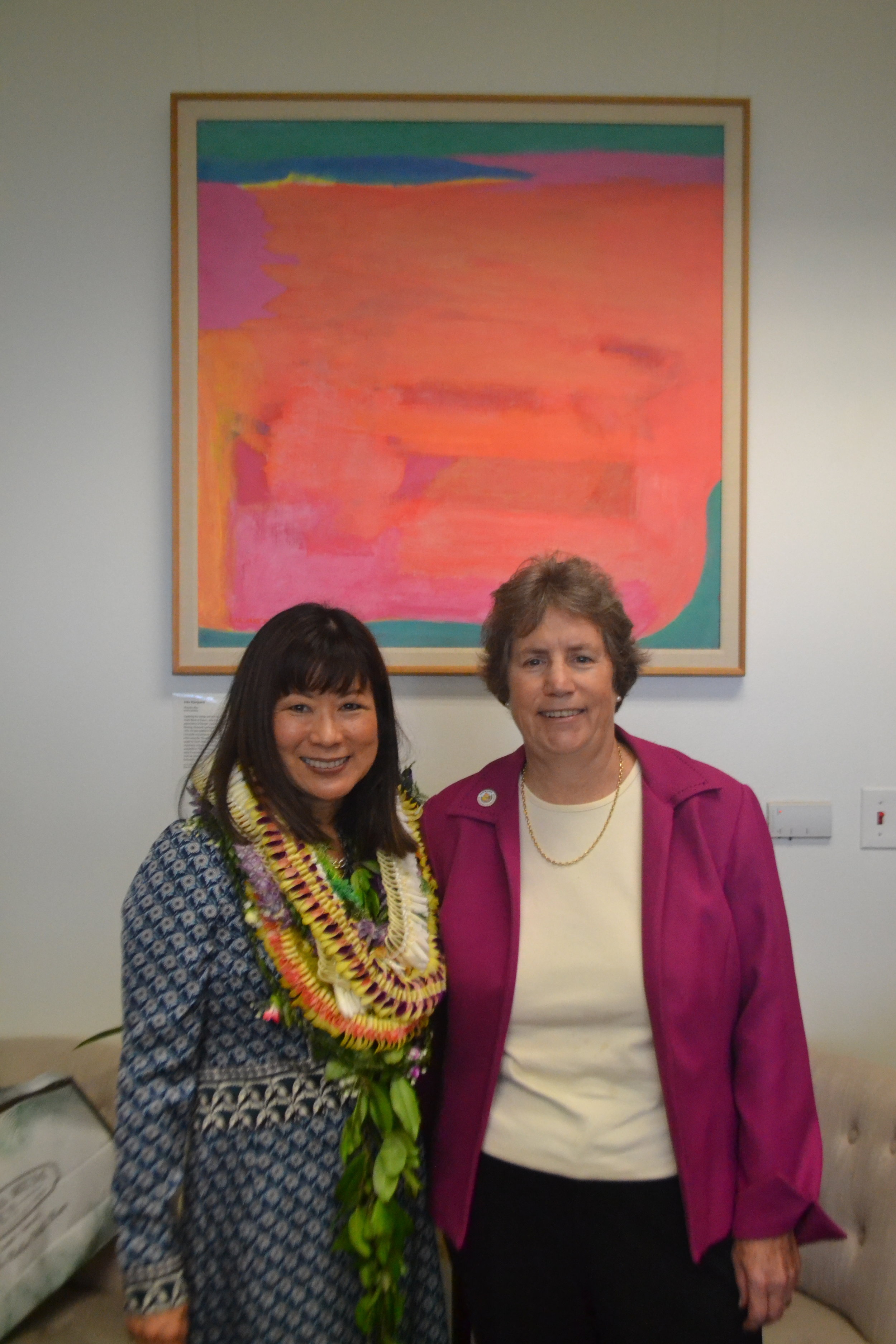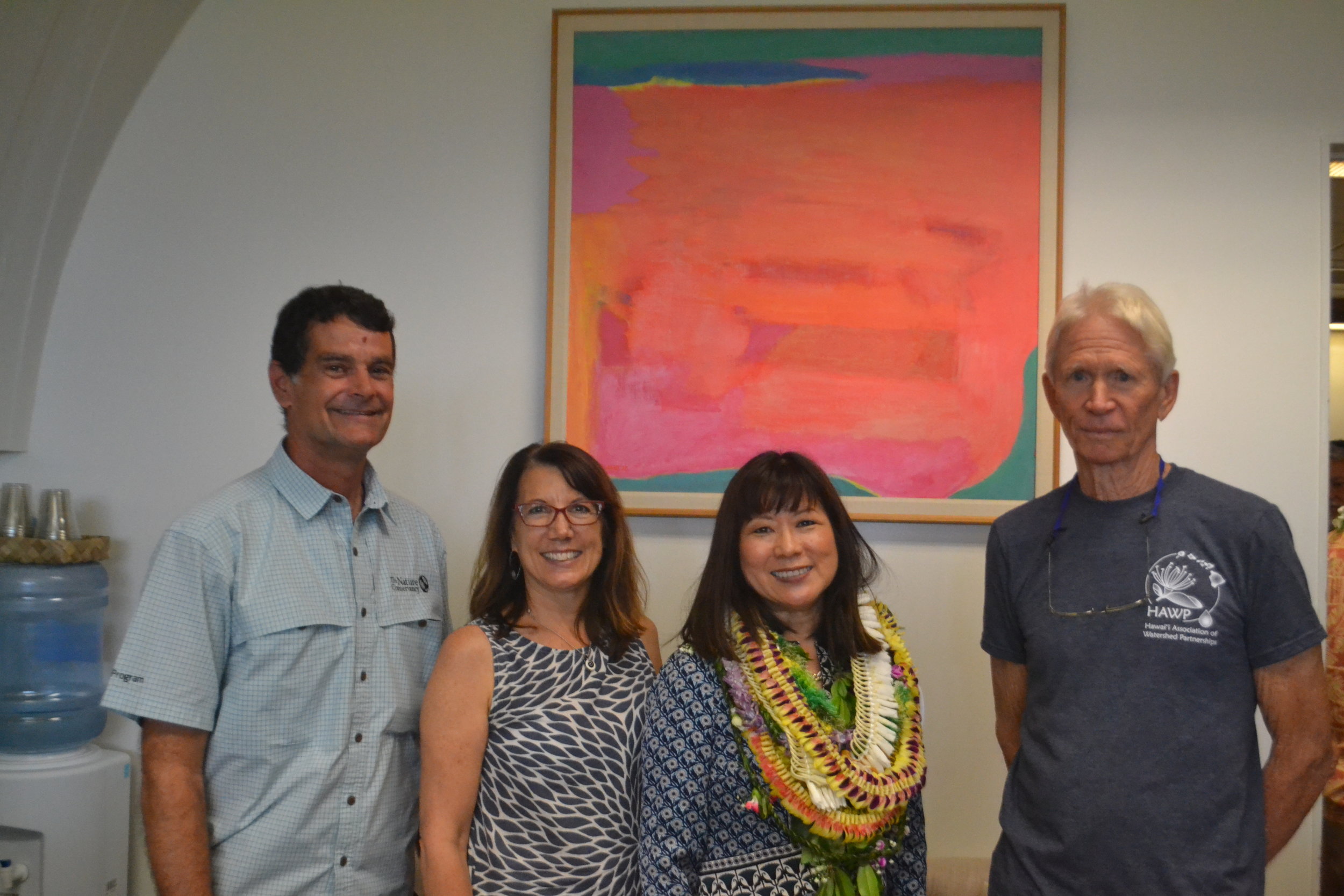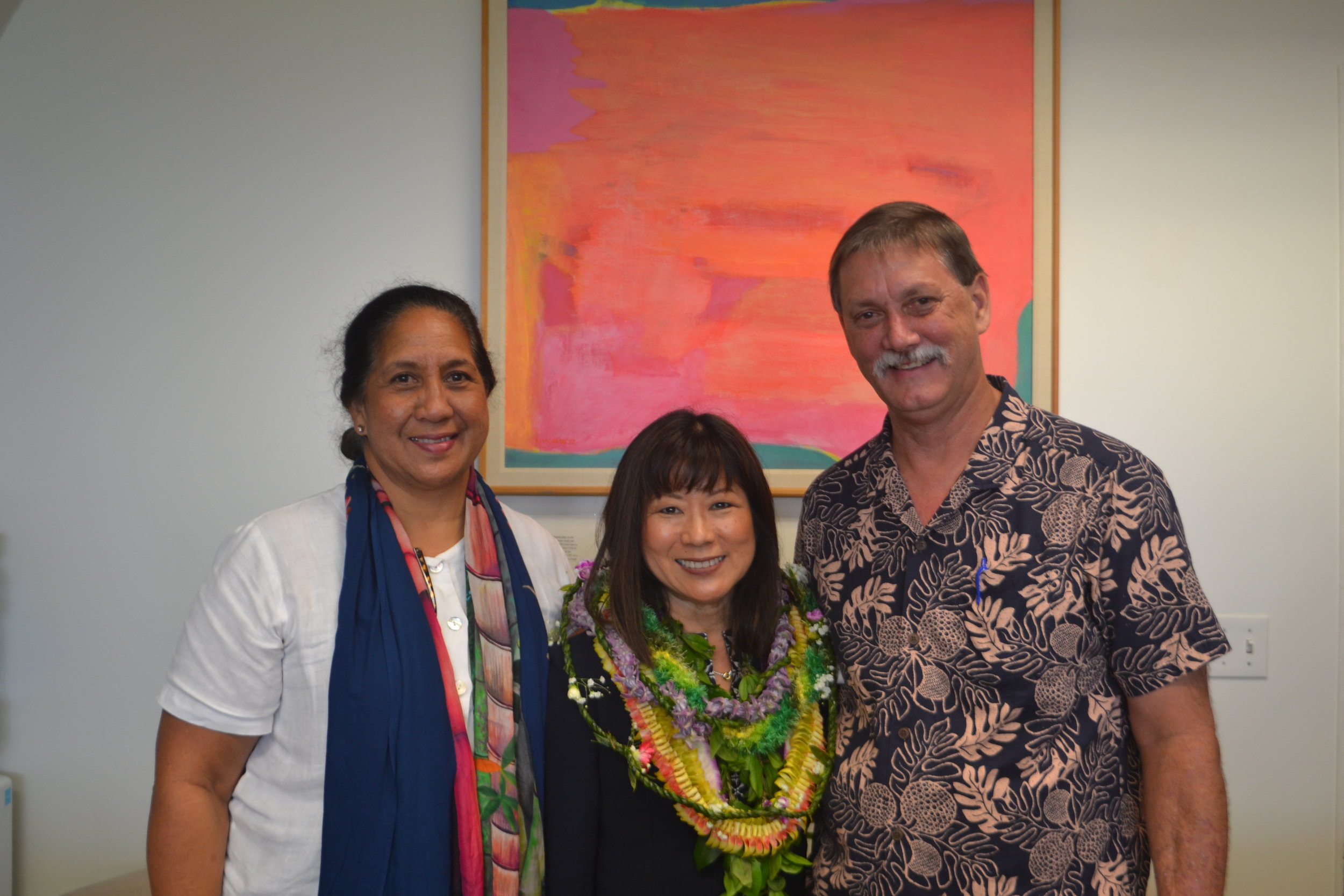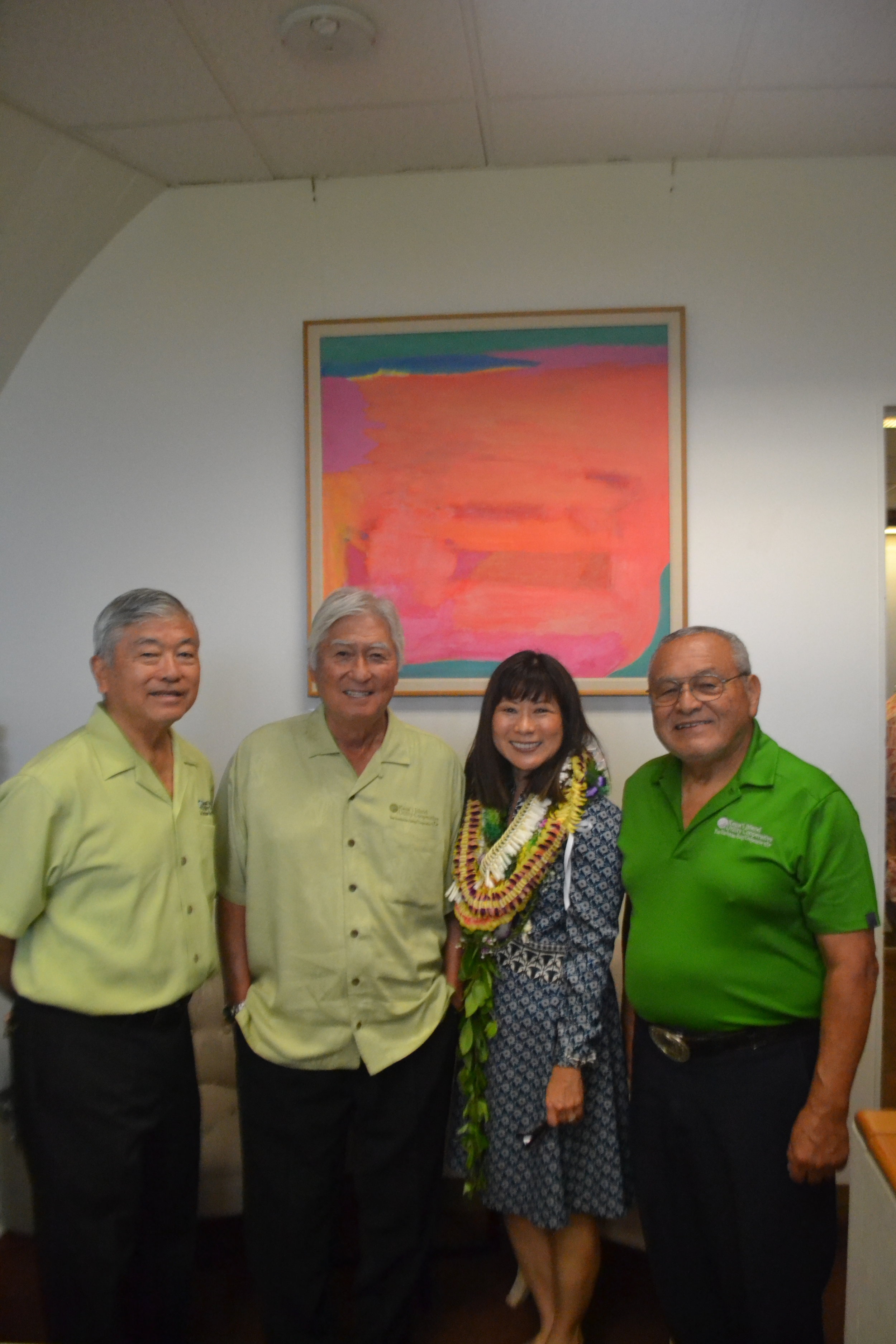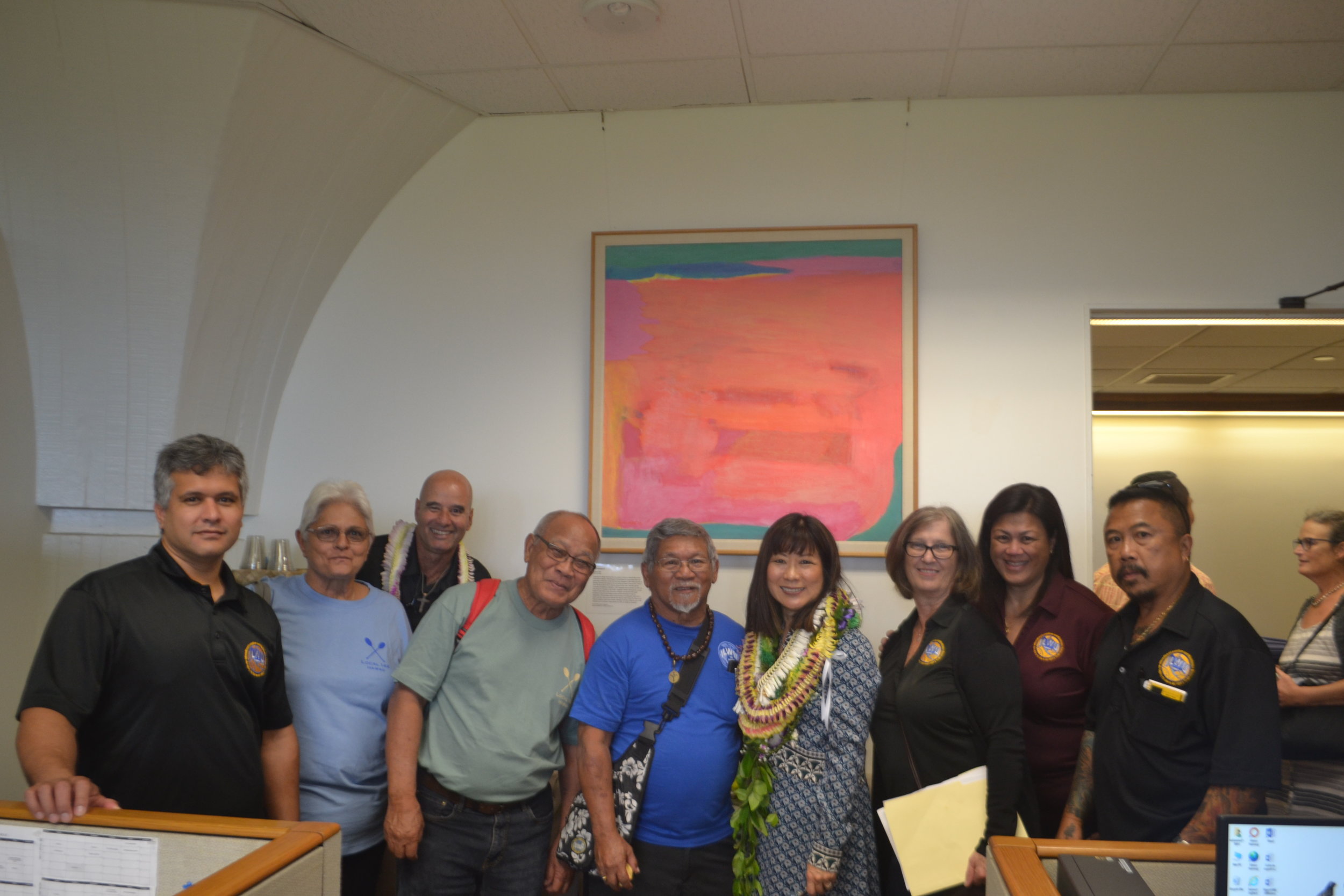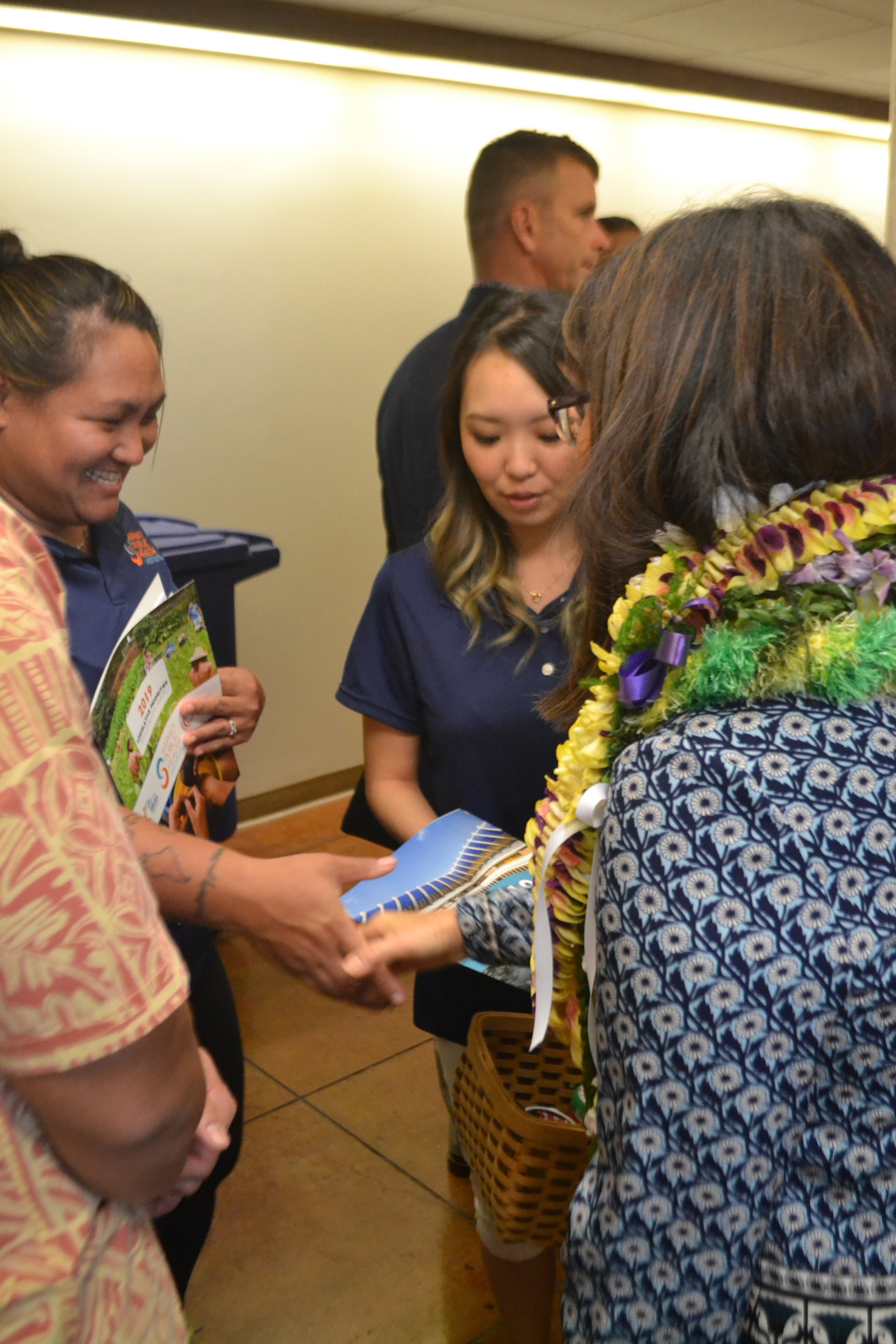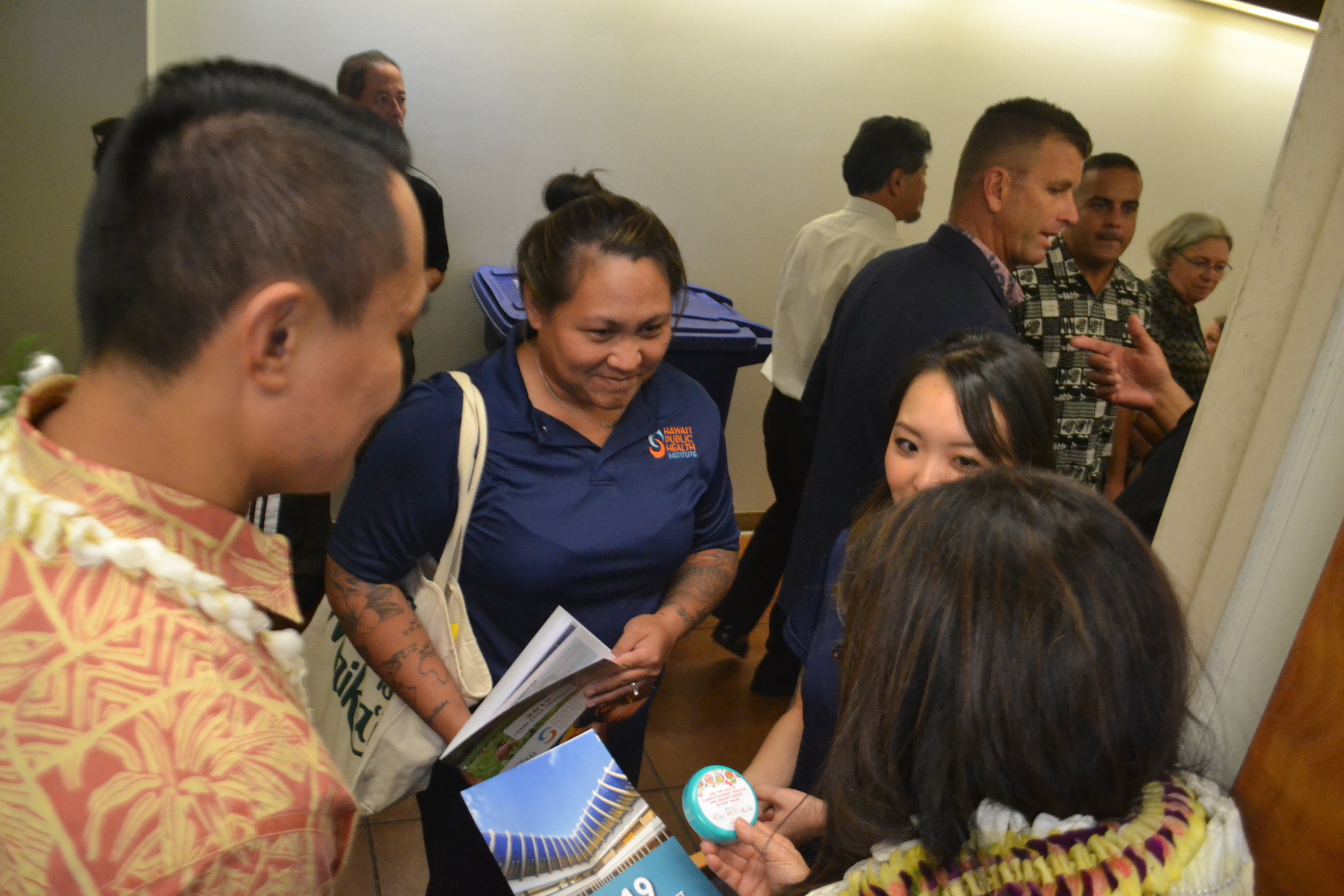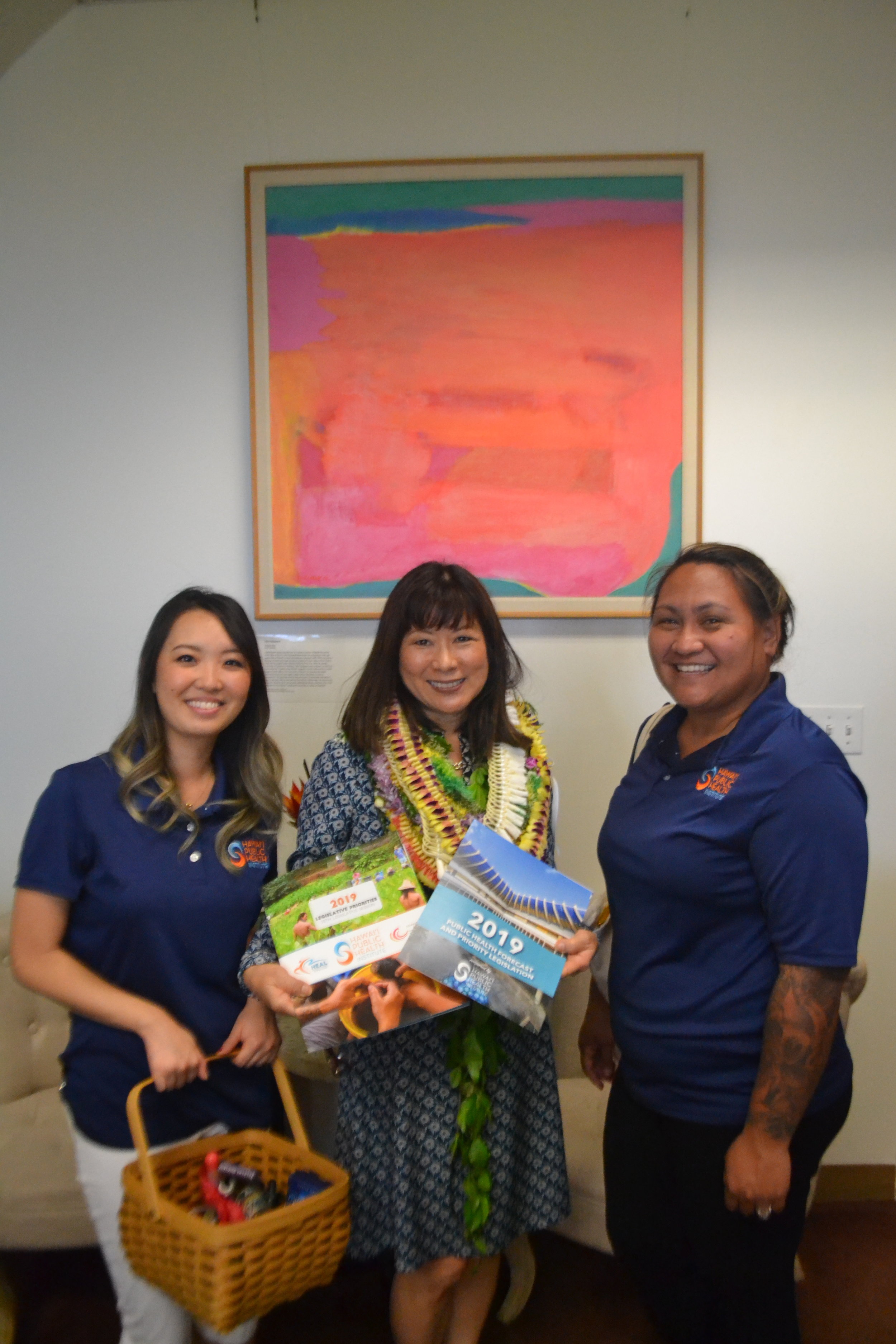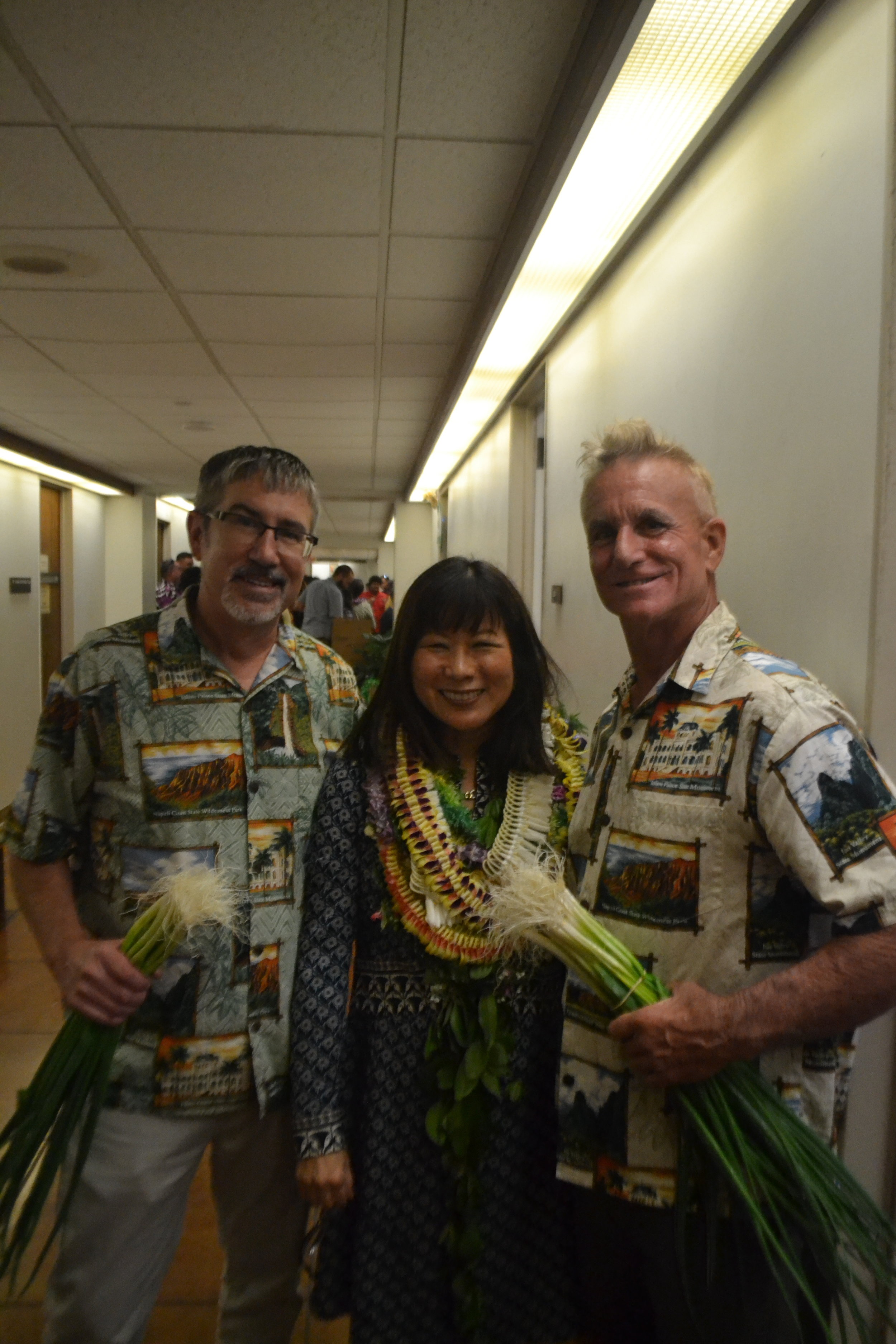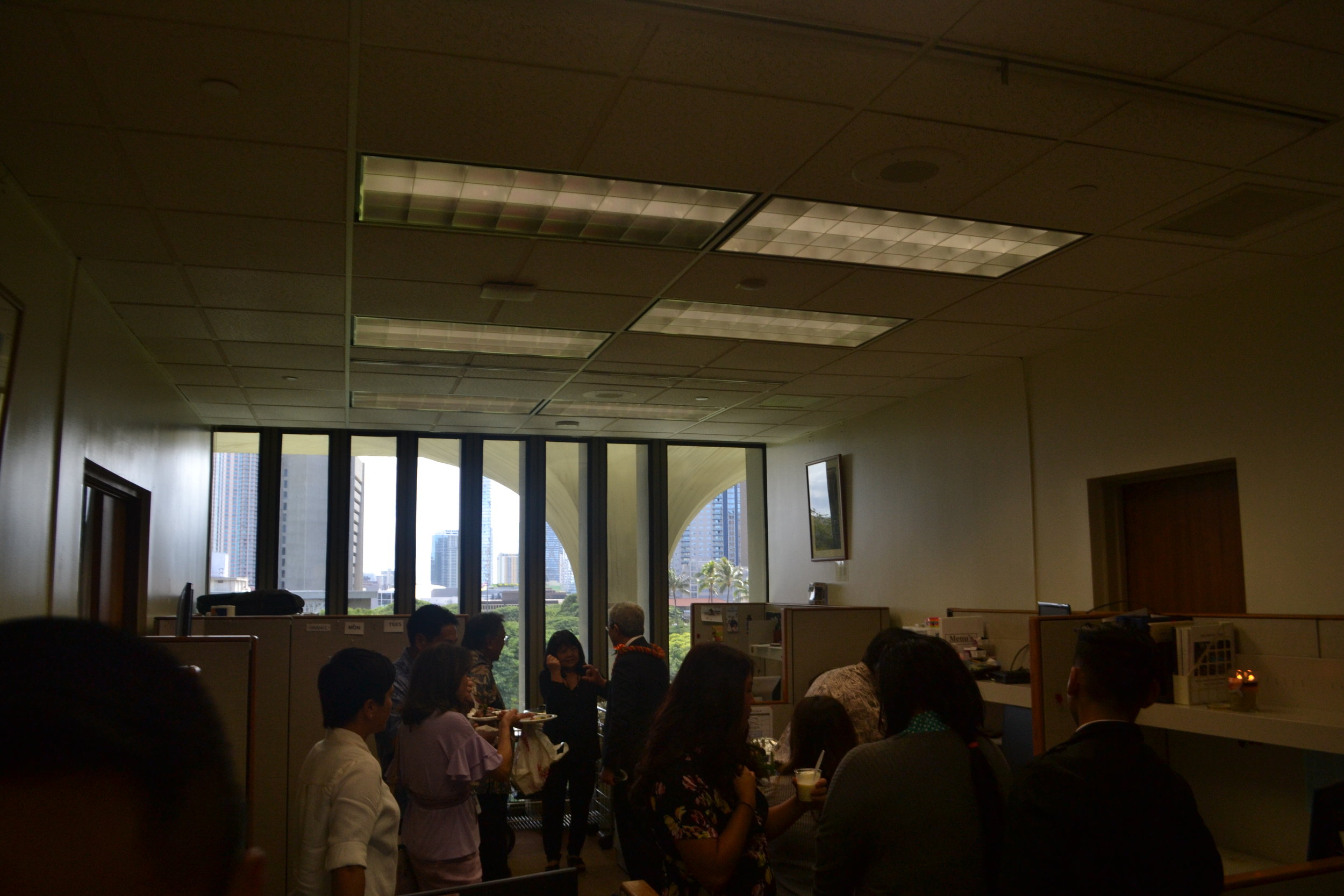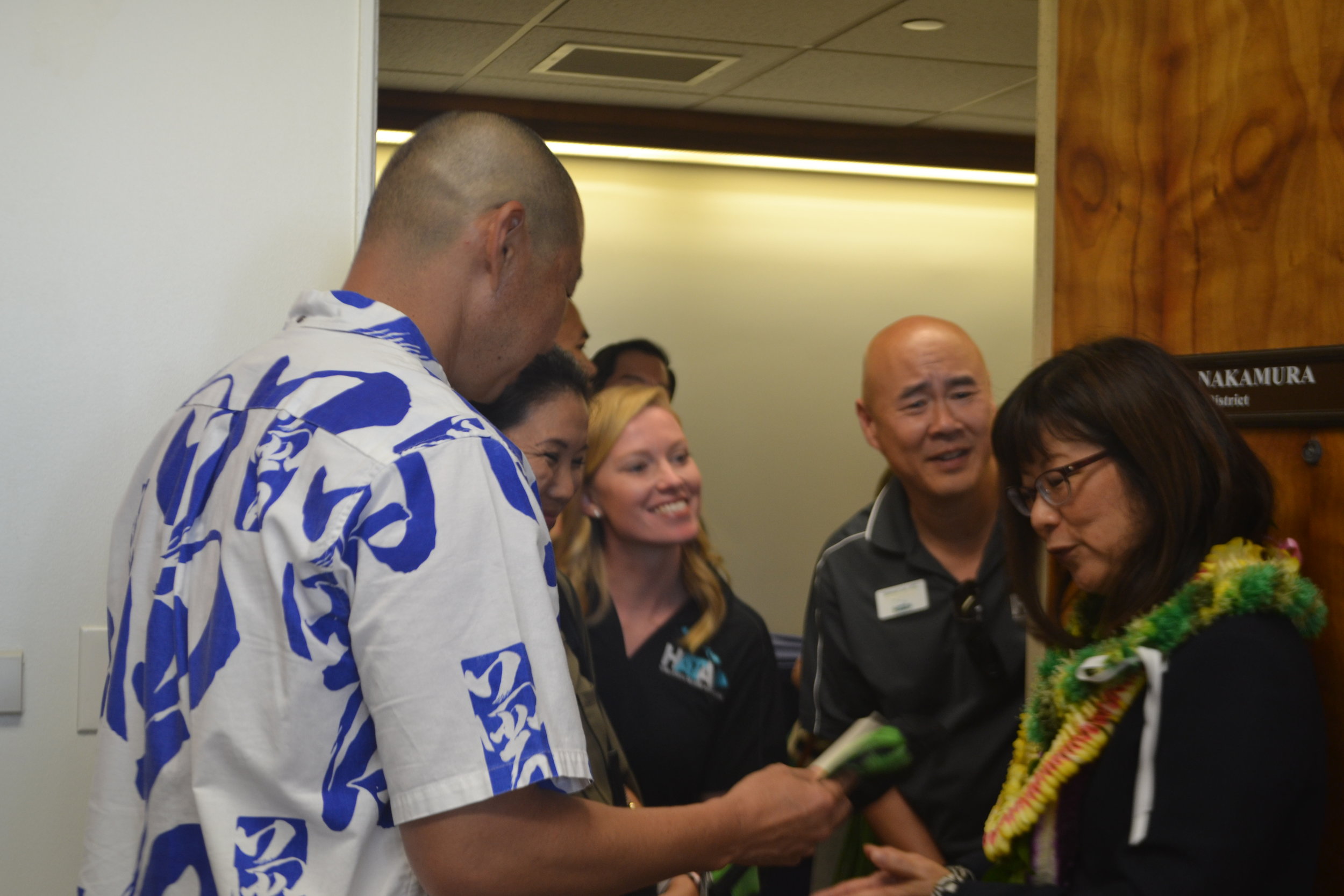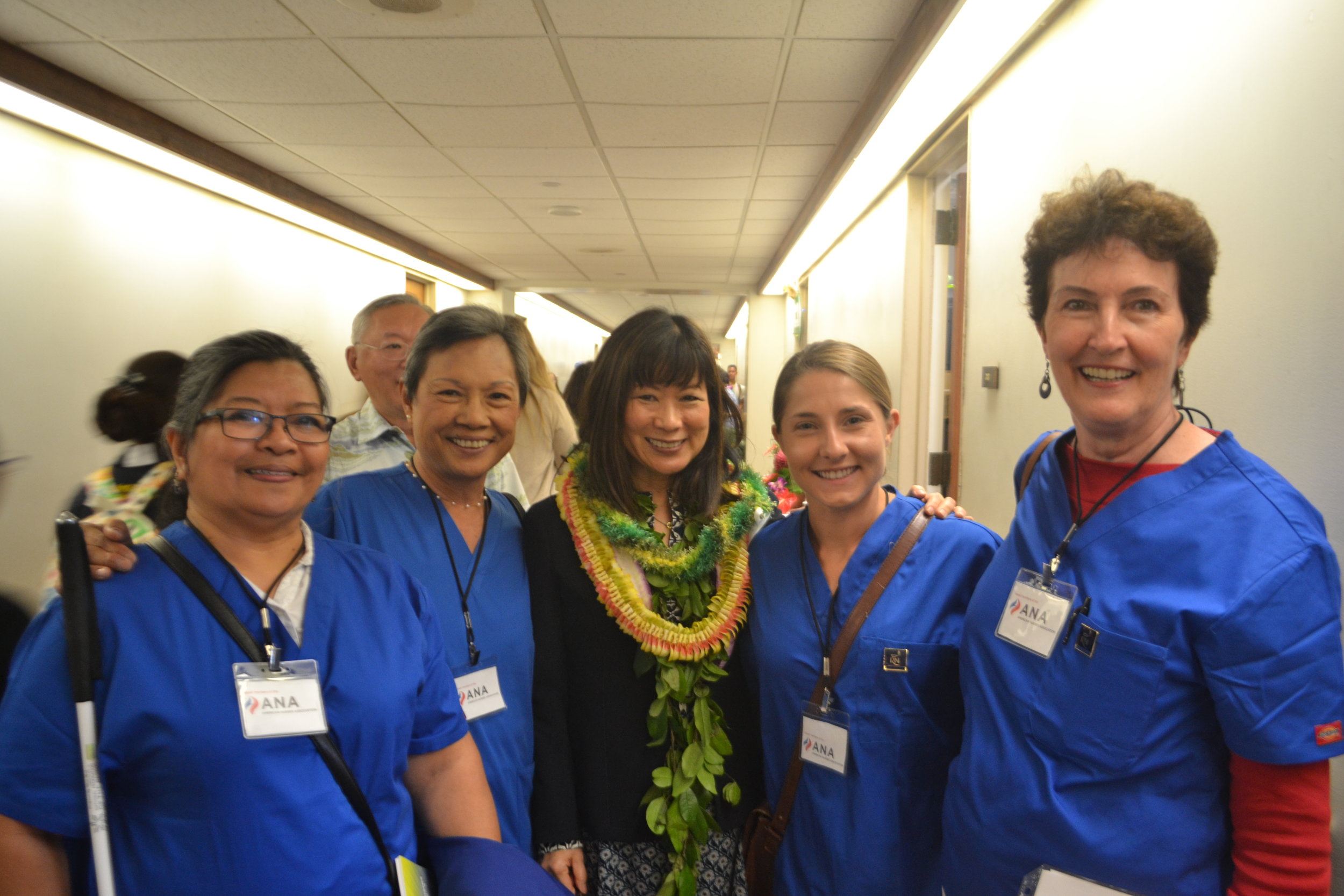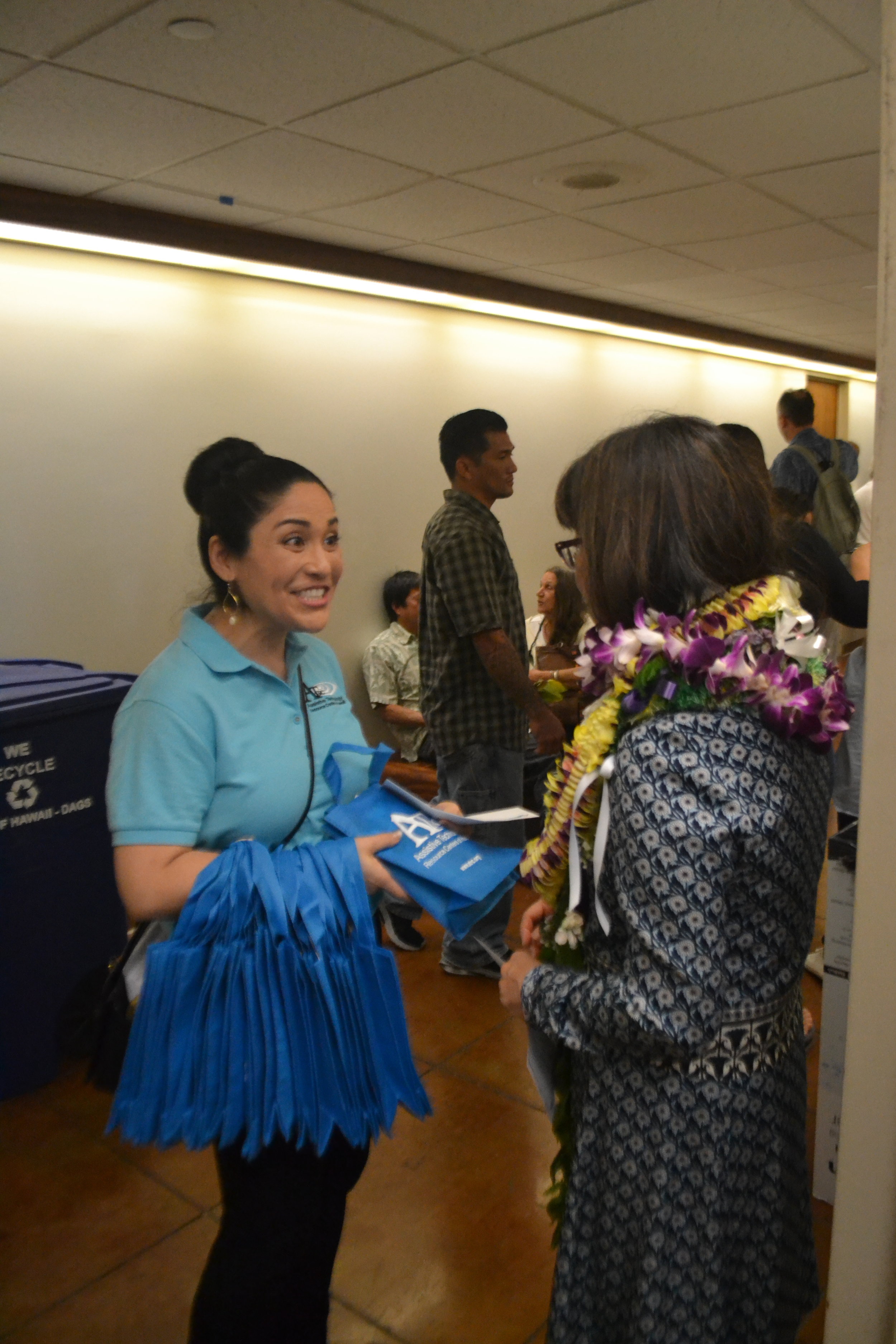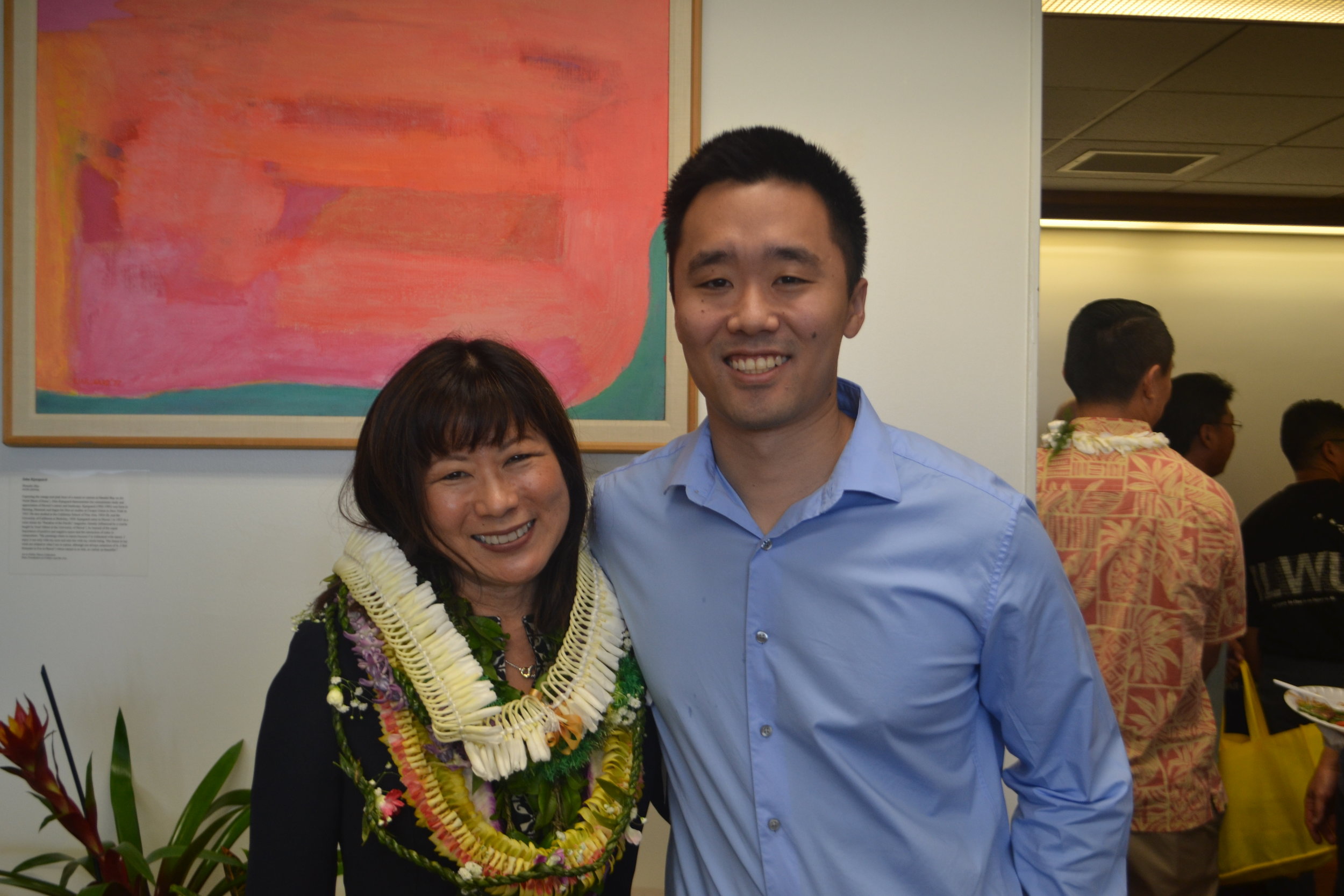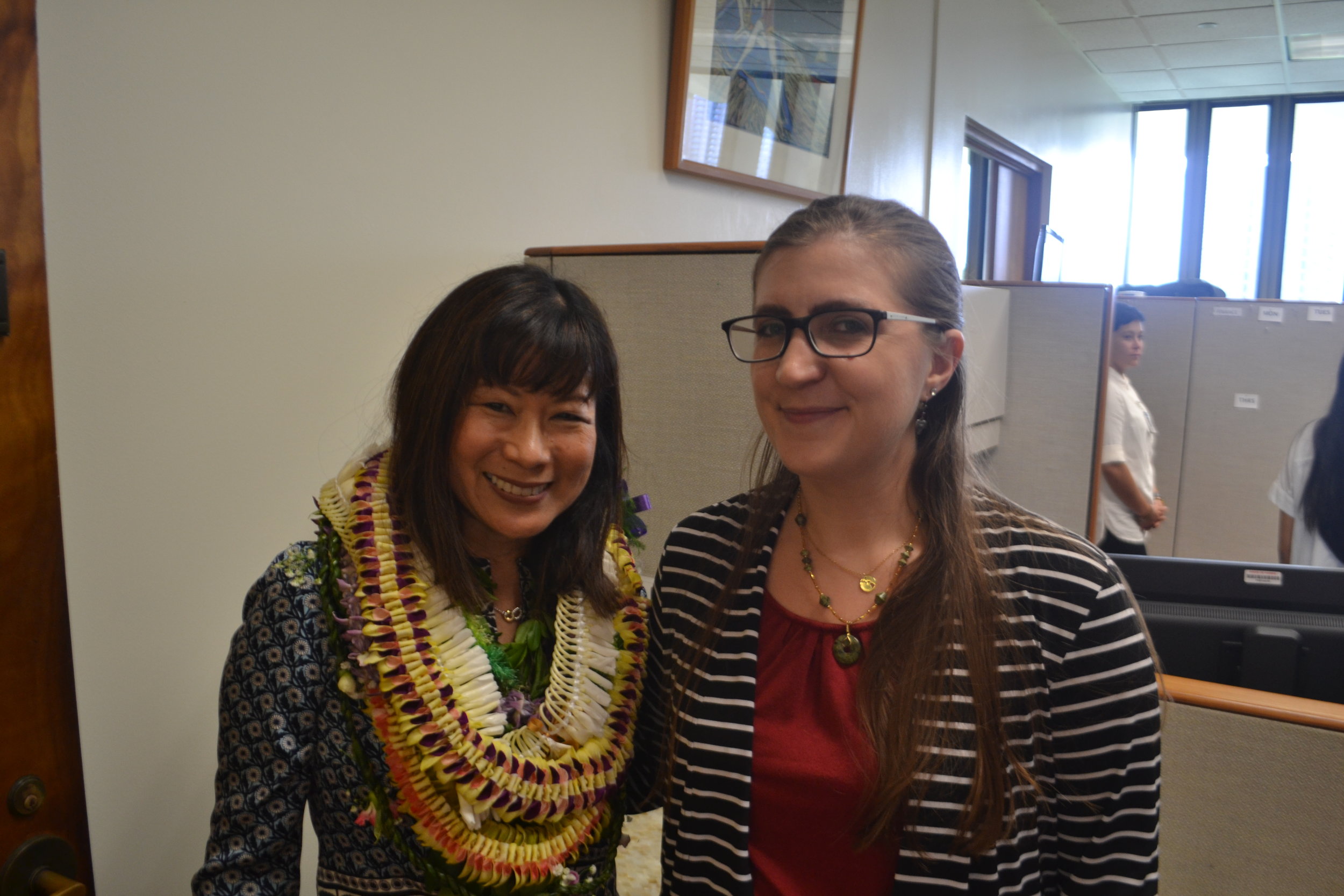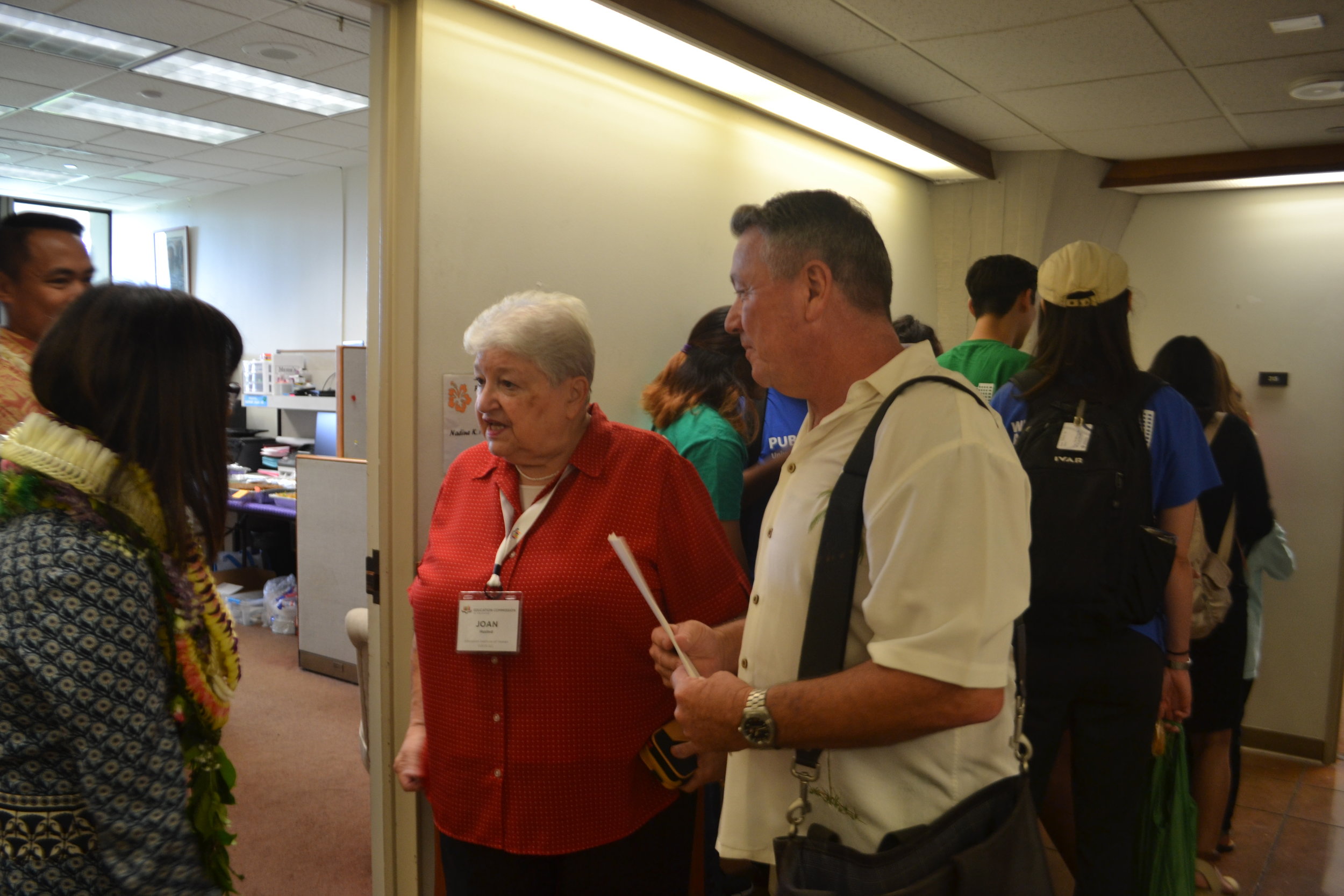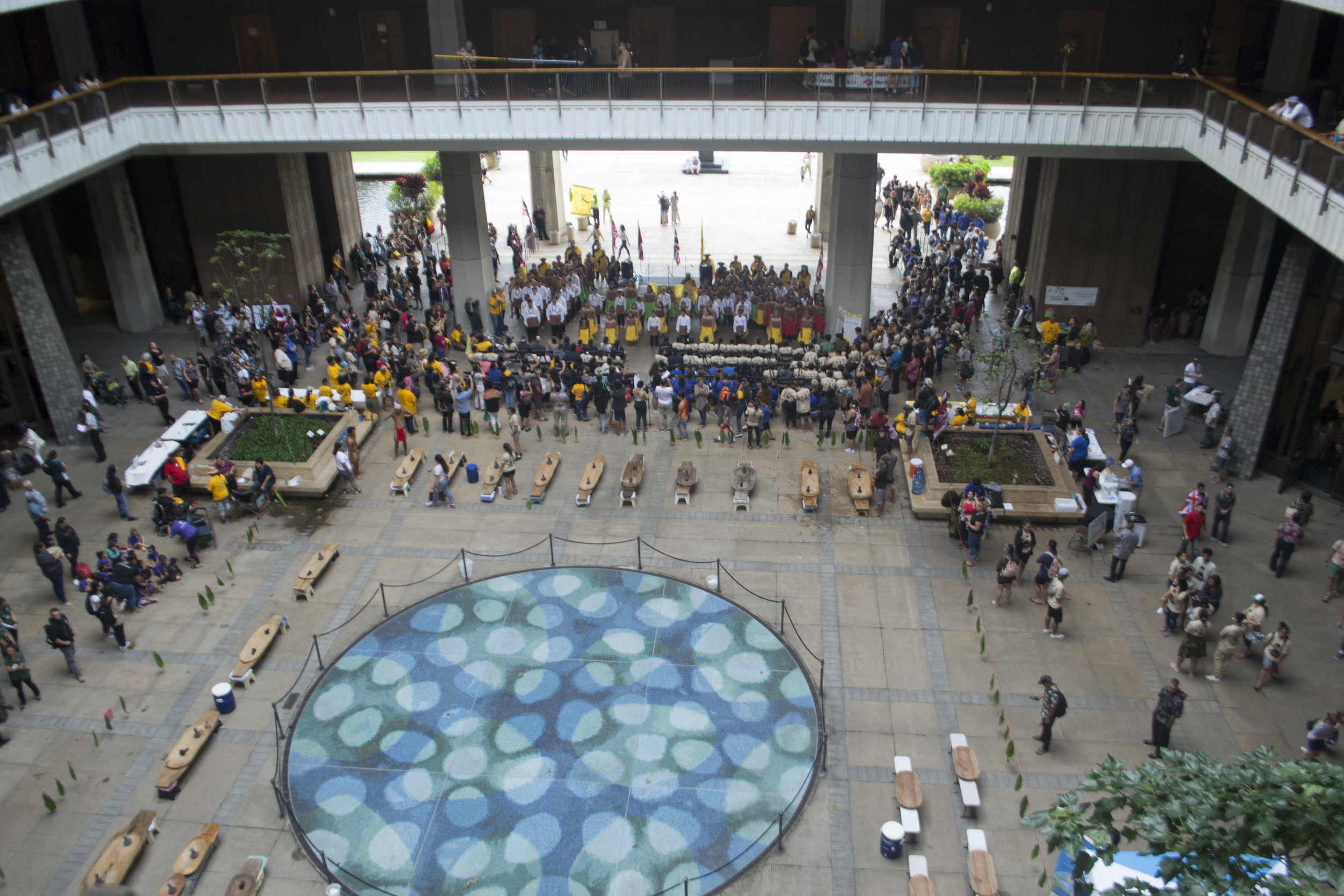NIGHT WORK / BRIDGE CLOSURE UPDATE AND NOTICE
The Hawai‘i Department of Transportation reminds the residents of Wainiha and Hā‘ena that Phase I of night work on the Waipā Bridge on Kūhiō Highway (Route 560) continues through this week and will end as scheduled with the shift that begins after the Friday, April 19 7:00 p.m. convoy and ends before the Saturday, April 20 5:50 a.m. convoy.
The convoy will run on the holiday schedule on Friday, April 19, in observance of Good Friday, with the bridge closing after the 7 p.m. convoy is completed.
The convoy will run on the regular schedule on Saturday, April 20, with no bridge closures that evening.
The convoy will run on the holiday schedule on Sunday, April 21 (Easter Sunday), with no bridge closures that evening.
Phase II of the night work will begin on Monday, April 22 and continue through Thursday, April 25 (ending before the 5:50 a.m. convoy on Friday, April 26).
There will be no closures occurring on Friday, April 26 and Saturday, April 27 to accommodate the community events taking place those evenings.
The Project will maintain the regular convoy schedule, with modifications as noted below, for the upcoming night work activities and is working with the Hanalei Colony Resort to provide a shuttle for residents from the West Waipā Park and Ride into Wainiha.
The night shuttle service is available for residents only.
The upcoming night work at Waipa is scheduled to begin on Monday, April 22, 2019 and will continue through Thursday, April 25, 2019 according to the following schedule:
Waipa Bridge Night Work (Phase II)
Monday, April 22 – Thursday, April 25
Work to take place nightly from 7 p.m. (after the last car passes through the convoy) to 5:50 a.m.
Parking areas on either side of Waipā Bridge and pedestrian access will be available for those wanting to cross the bridge during night work hours
Parking areas will be secured at all times
The convoys will run on the regular schedule between Wainiha and Waikoko
The bridge will close to all vehicular traffic after 7 p.m., so any vehicles utilizing the convoy after 7 p.m. will not be able to travel over the Waipā Bridge
HDOT is coordinating with Hanalei Colony Resort to provide a shuttle for residents between the West Waipā Bridge Park and Ride and Wainiha.
Convoys will run according to the Monday thru Saturday regular schedule posted at Hawaii Department of Transportation Kuhio Highway Covey Schedule with no vehicle access over Waipā Bridge after the 7 p.m. convoy.
The convoy schedule for Monday, April 22 - Thursday, April 25 in its entirety is:
5:50 AM Wainiha to Waikoko
6:20 AM Waikoko to Wainiha
6:50 AM Wainiha to Waikoko
7:20 AM Waikoko to Wainiha
7:50 AM Wainiha to Waikoko
8:20 AM Waikoko to Wainiha
12:45 PM Wainiha to Waikoko
1:15 PM Waikokoto Wainiha
1:45 PM Wainiha to Waikoko
2:15 PM Waikoko to Wainiha
5:00 PM Wainiha to Waikoko
5:30 PM Waikoko to Wainiha
6:00 PM Wainiha to Waikoko
6:30 PM Waikoko to Wainiha (NOTE: This is the LAST CONVOY where you can drive all the way to Wainiha until the next morning at 6:20 a.m. After this convoy, you will need to leave your car at the Waipa Bridge Park and Ride from where a shuttle will take you to the Waipa Bridge pedestrian bridge overpass.)
7:00 PM Wainiha to Hanalei (NOTE: This is the LAST CONVOY where you can drive all the way to Hanalei until the next morning at 5:50 a.m. Residents needing to go to Hanalei will need to leave their cars at the Waipa Bridge Park and Ride then cross the pedestrian bridge where a shuttle will transport you to the Waipa Bridge Park and Ride.)
7:30 PM Waipa Bridge Park and Ride / Pedestrian Bridge Waikoko to Wainiha
8:00 PM Wainiha to Waikoko Waipa Bridge Park and Ride / Pedestrian Bridge
8:30 PM Waipa Bridge Park and Ride / Pedestrian Bridge Waikoko to Wainiha
9:00 PM Wainiha to Waikoko Waipa Bridge Park and Ride / Pedestrian Bridge
9:30 PM Waipa Bridge Park and Ride / Pedestrian Bridge Waikoko to Wainiha
10:15 PM Wainiha to Waikoko Waipa Bridge Park and Ride / Pedestrian Bridge
11:00 PM Waipa Bridge Park and Ride / Pedestrian Bridge Waikoko to Wainiha
Parking will be available on both the East and West sides of Waipā Bridge. Residents wanting to cross the bridge will need to leave their vehicles in the parking lots and cross Waipā Bridge using the pedestrian overpass. The East Park and Ride lot is located at the contractor's staging area as you approach Waipā on the mauka side of Kuhio Highway. A shuttle will be provided to transport residents from the Park and Ride area to the bridge. The West Park and Ride lot is located immediately adjacent to the bridge. Residents will be able to easily walk from the Park and Ride lot to the pedestrian overpass.
All work is weather permitting. First responders have been notified and have planned staging and procedures in the event of an emergency requiring them to access the work zones.
Please note that the Project is aware of the Akita school bus that heads to Wainiha at 5:20 a.m. Crews will ensure that the bus will be able to cross Waipa Bridge at that time.
More information on the Waipa Bridge and other Kuhio Highway Emergency Repairs can be found on the HDOT website at Hawaii Department of Transportation Kuhio Highway Emergency Repairs .


